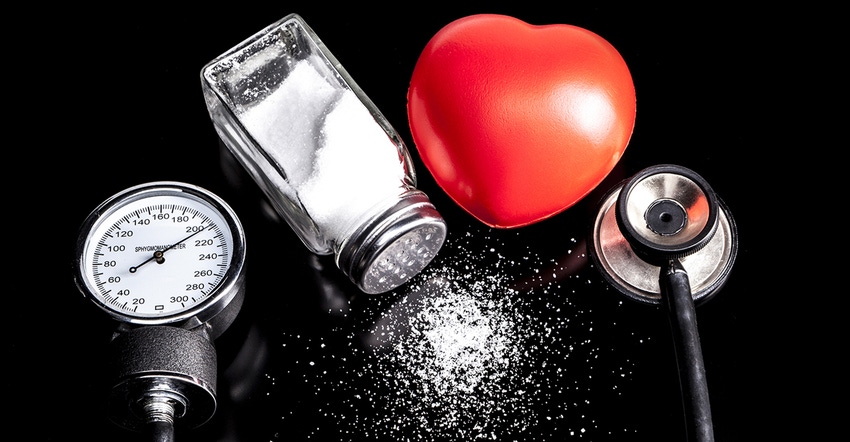The market for reduced-sugar and low-sodium food and beverages shows no sign of abating, but consumers want products made with familiar ingredients without compromising on taste.

As consumers continue to embrace healthier lifestyles, they are reading labels more closely and seeking products with healthy halos. This heightened attention to wellness opens the door for food and beverage brands to deliver novel products to feed and fuel the mind, body and soul. In many cases, this means formulating or reformulating products with clean label ingredients, while also addressing the overarching themes of sugar and sodium reduction.
According to the 2019 Food & Health Survey from the International Food Information Council (IFIC) Foundation, 1 in 4 consumers actively seeks health benefits from foods. Although many say they simply try to eat healthy in general, 23% of consumers say they actively seek out foods or follow a diet for health benefits. Most often, the benefits they seek are weight loss, energy, digestive health and heart health. Many of these benefits are associated with limiting sugar and sodium in the diet.
Consumption of, and opinions regarding, sugars have shifted over the years, with 80% of respondents actively trying to limit or avoid sugars, according to IFIC. Of those, more than 60% said they drink water instead of caloric beverages, while approximately 50% eliminate certain foods and beverages from their diets.
In addition to acting as a flavor enhancer, salt—40% sodium and 60% chloride by weight—plays functional roles in food processing, including acting as a preservative by inhibiting the growth of microorganisms that cause spoilage, and serving as a texturizing aid by strengthening gluten in bread dough. As discussed on page 10, Americans consume too much salt, putting them at an increased risk for high blood pressure and heart disease. In fact, the average U.S. adult consumes approximately 3,400 mg of sodium per day, far more than the 2015-2020 Dietary Guidelines for Americans (DGAs) recommendation of 2,300 mg of sodium per day as part of a healthy eating pattern. What’s more, FDA is expected to finalize a draft guideline before the end of this year that establishes voluntary sodium reduction targets across 150 categories in food manufacturing and foodservice.
A significant challenge for the U.S. food industry is facilitating both sodium and sugar reduction in the American diet. The challenge is multifaceted; consumer purchases have traditionally been driven by value and taste, with sodium and sugar playing a key role in these purchase drivers. Because sodium and sugar also provide numerous functions in foods and food processing, the onus is on industry to formulate products with lower sodium and sugar content while still meeting consumers’ expectations for flavor.
Brands have the opportunity to retrain the American palate by slowly introducing lesser intensities of saltiness and sweetness with new and more diverse flavor profiles. Leveraging spices, herbs, fruit and vegetable concentrates, syrups, and botanical extracts and powders can all help deliver function as well as flavorful lower-sodium and less sweet foods to the marketplace.
The bottom line is the market for reduced-sugar and low-sodium food and beverages shows no sign of abating. At the same time, consumers want products made with familiar ingredients, but not at the expense of taste, which is and will remain the single biggest driver of purchase intent.
To read this article in its entirety, check out the "Sugar and sodium reduction strategies" digital magazine.
About the Author(s)
You May Also Like






